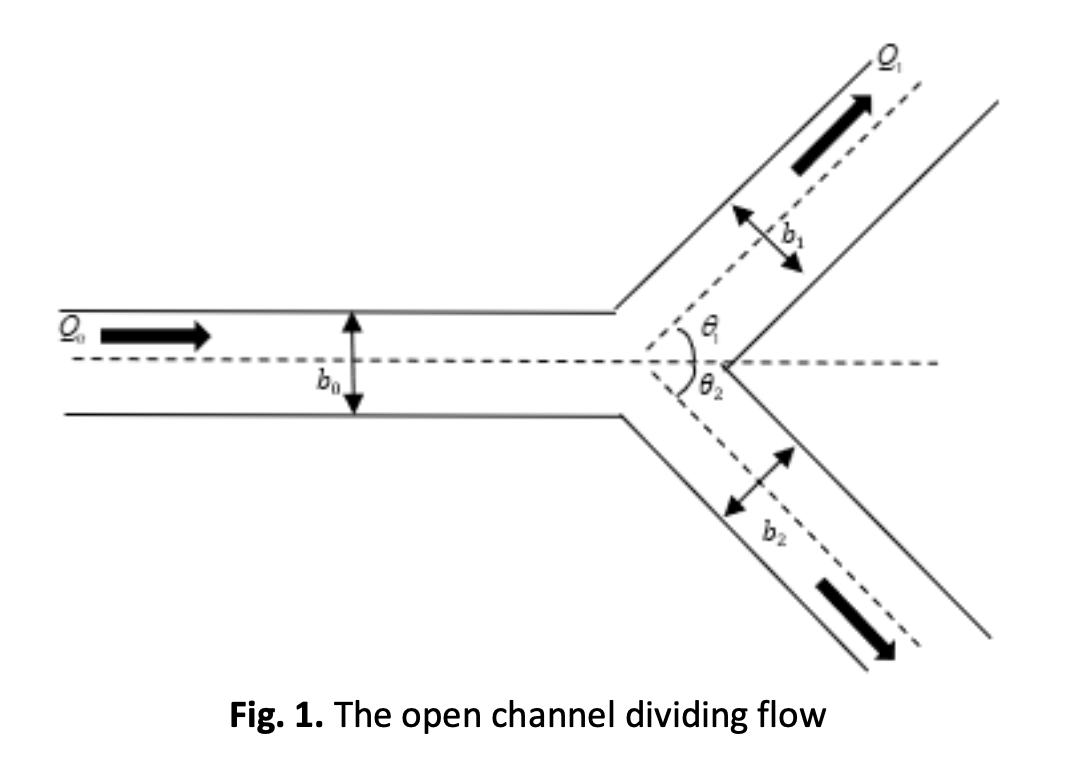Numerical Analysis on the Flow Depth Behaviour in Dividing Open-Channel for Trapezoidal and Rectangular Cross-Sectional Channel
DOI:
https://doi.org/10.37934/arfmts.108.2.98109Keywords:
Open-channel dividing flow, trapezoidal, V-shaped, behavior of water flowAbstract
Open-channel with dividing flow refers to any side water withdrawals from streams, rivers or main channel. It has become an important issue, especially when measuring the flow rate and depth of water as part of environmental management schemes and many practical projects such as the system of irrigation and drainage, water and wastewater treatment plants and other water resources projects. Although the behaviour of water flow has been studied by the previous researchers, most studies have only been carried out in simulation and lab experiment for a straight prismatic main channel. The mathematical research has not yet been fully understood, particularly in relation to the behaviour of water flow. Therefore, in this study, the modified general equations of dividing open-channel flow for rectangular and trapezoidal in the form of non-linear polynomial equations are proposed to determine the upstream flow depth in rectangular and trapezoidal cross-sectional channel. The computations of water flow depth influenced by Froude number and discharge ratio are performed with Newton-Raphson procedure in Maple software. The numerical solution shows the good agreement with the experimental data as reported in the literature. When the discharge ratio is low, the flow depth in trapezoidal and rectangular channels exhibits similarity. However, as the discharge ratio increases, the flow depth in the rectangular channel surpasses that in the trapezoidal channel. Furthermore, as the Froude number increases, the rectangular channel experiences a greater flow depth in comparison to the trapezoidal channel.
Downloads
































